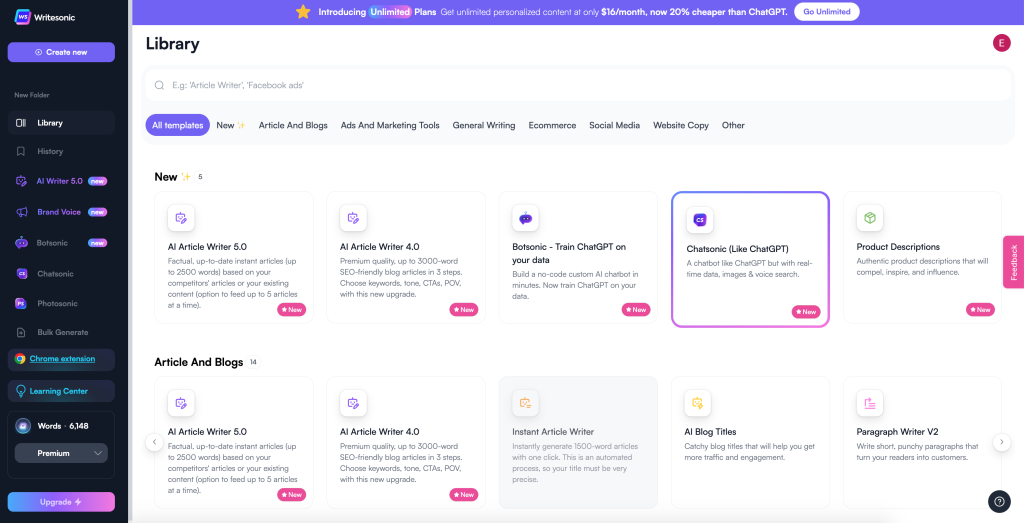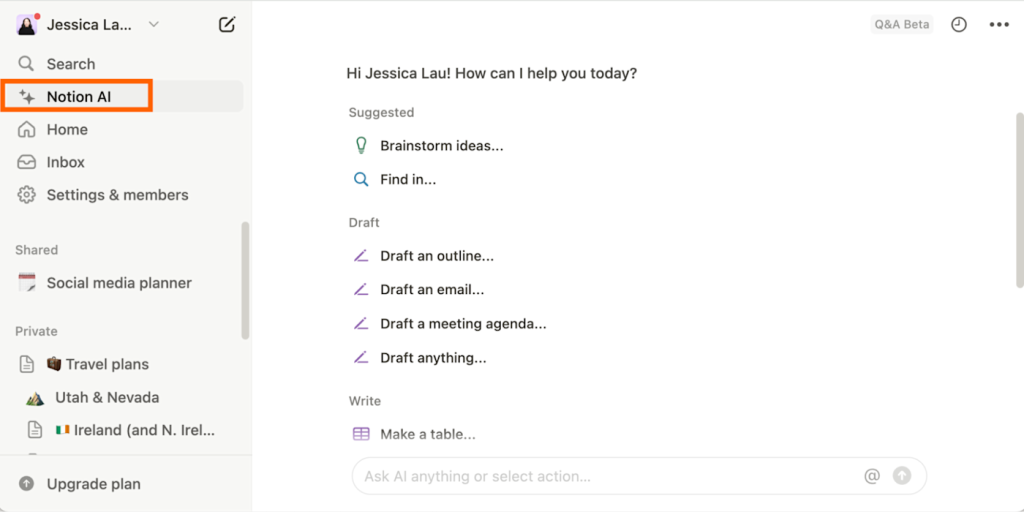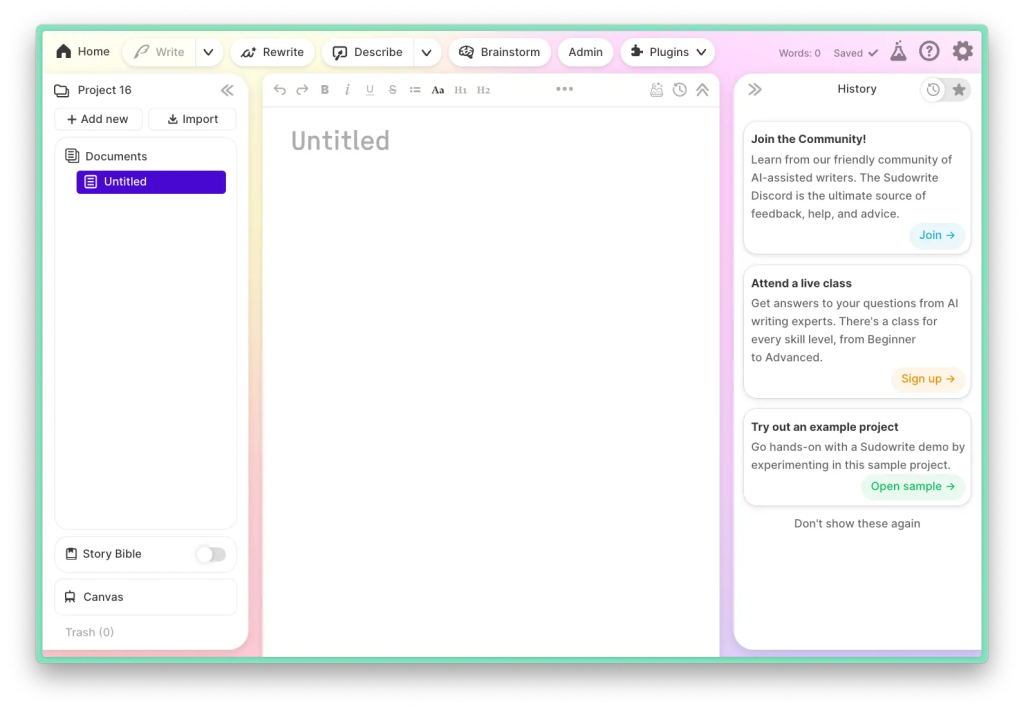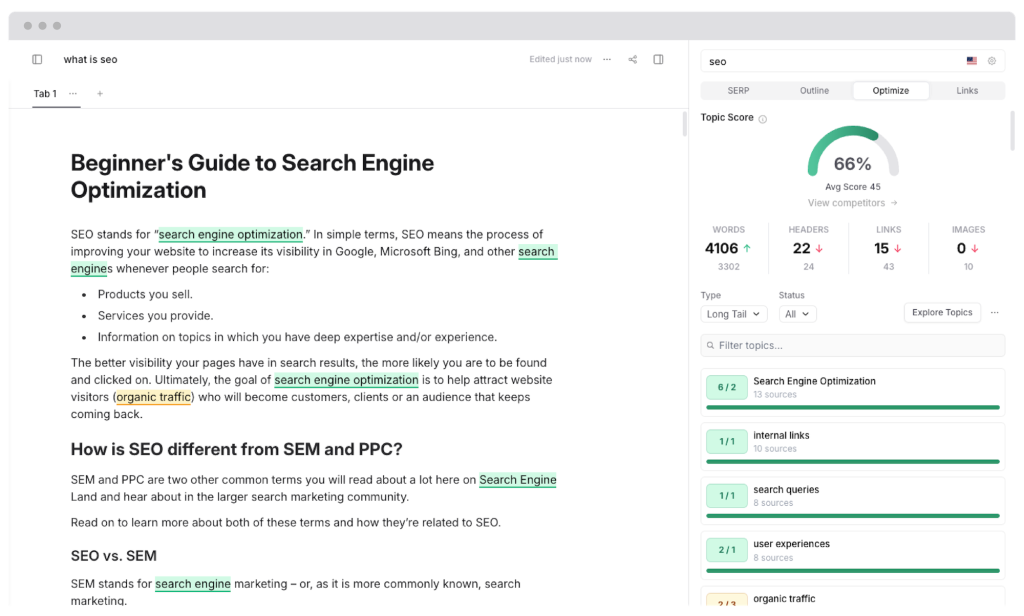
AI Writing Assistants are packed with features – but many of the most powerful ones go unnoticed. Beyond basic text generation, these tools now offer advanced editing, brand voice control, SEO optimization, and even research capabilities. These powerful features often go unnoticed but can make a world of difference in speed, quality, and efficiency.
Whether you’re a solo entrepreneur, a busy content team, or a large organization managing multiple communication channels, learning to leverage these hidden tools can help you stay ahead. In this article, we’ll shine a light on the best AI Writing Assistant features and platforms you may not be using yet – but absolutely should.
30-Second Summary
- FuseBase – AI writing with workflow automation, collaboration, and client delivery
- Jasper – Brand-voice content generation with campaign workflows
- Writesonic – SEO-focused long-form and performance content
- GrammarlyGO – Real-time editing, rewriting, and tone adjustments
- Notion AI – Embedded AI for docs, planning, and knowledge work
- Sudowrite – Creative and narrative AI for emotional storytelling
- Frase – Research-driven AI writing with SERP optimization
What is an AI Writing Assistant
An AI Writing Assistant is more than just a spell checker – it’s a powerful writing partner that helps you generate, refine, and optimize content with the help of artificial intelligence. From smart suggestions and SEO enhancements to voice customization and long-form content drafting, these tools are packed with features that go far beyond basic editing.
These tools can suggest structure for long-form content, tailor your message to match your brand voice, rewrite content in different tones, optimize for search engines, and even generate ideas or research snippets. They’re especially valuable for teams and professionals who write across multiple formats – such as reports, blog posts, sales emails, or product documentation.
Core Features of an AI Writing Assistant
Most users interact with an AI Writing Assistant through the most obvious functions – grammar correction and sentence rephrasing. While these features are valuable, they’re often used in a limited way, without exploring their full potential.
Grammar and Style Enhancements
Users often accept the default suggestions for grammar or punctuation, but many AI assistants now include advanced grammar settings that go deeper. Based on your writing goals or audience, they can highlight overused words, passive voice, or style inconsistencies. These settings can be adjusted to align with formal, casual, or creative writing tones.
Sentence Rewriting
Most platforms offer multiple rewrite suggestions for any sentence, tailored for clarity, impact, or creativity. Instead of accepting the first revision, exploring alternatives can reveal much stronger phrasing that better serves your message.
Tone Detection and Real-Time Feedback
Instead of simply using tone analysis as a post-writing check, you can enable live tone feedback while drafting. This allows you to steer your writing in real-time toward the desired voice, whether it’s persuasive, professional, friendly, or empathetic.
Auto-Completion
Commonly overlooked, auto-complete can significantly speed up repetitive writing tasks. It adapts to your writing patterns and can suggest commonly used phrases, headers, or structure based on past content. Over time, this feature evolves into a smart assistant that mirrors your voice.
Underrated Features That Can Boost Your Workflow
Beyond the basics, modern AI Writing Assistants offer advanced tools that are often hidden in menus or simply underused. These features can dramatically improve how you create, manage, and optimize content.
Brand Voice Profiles
One of the most powerful yet overlooked features is the ability to create and save your brand’s voice, tone, and vocabulary preferences. This ensures that every piece of content maintains a consistent voice across channels. For agencies or multi-brand teams, this is essential.
Content Repurposing Tools
AI Writing Assistants can take a long-form blog post and instantly transform it into shorter, channel-specific formats like social media posts, ad copy, email campaigns, or even slide content. This makes content recycling faster, more structured, and far less manual.
Outlining and Structuring
Many AI tools can now generate structured outlines with headings, subheadings, and flow suggestions based on your topic or prompt. This is especially useful for creating eBooks, whitepapers, or SEO-focused content like pillar pages.
Real-Time SEO Suggestions
Some AI Writing Assistants now include real-time keyword suggestions, internal link recommendations, meta description drafting, and readability scoring – all as you write. These built-in SEO tools reduce dependency on external plugins and streamline your optimization process.
Team Collaboration Workspaces
For teams, shared workspaces with editing permissions, version history, and comment threads allow seamless collaboration directly inside the writing environment. No need for external docs or email chains – everyone works from one unified space.
Best 7 AI Writing Assistant Tools in 2025
1. FuseBase – AI Writing with Workflow Automation and Client Delivery

FuseBase is a full-stack AI writing and content collaboration platform. Its strength lies in its ability to combine content generation, team workflows, and client delivery in one system. Teams can write with AI, collaborate on projects, and publish or share results directly via client-facing portals.
Core Features:
- Branded portals for approvals and delivery
- Workflow triggers (file upload, auto email, task creation, etc.)
- Version tracking and smart rewrite suggestions based on edits
- AI-assisted knowledge base and SOP creation tools
Pros:
- Ideal for agencies and fast-moving teams
- Combines writing, project management, and delivery
- Reduces friction between content creation and publishing
Best for: Teams and agencies that need an all-in-one platform for AI writing, collaboration, workflow automation, and client content delivery.
🚀 Example of how AI Agents transform your work:
2. Jasper – AI Writing with Brand Voice Control and Campaign Structure

Jasper goes beyond content creation by letting teams define and scale their brand voice. Its “Memory” and “Campaign” features help structure content by tone, audience, and objective – making it perfect for multi-writer teams or campaign-heavy workflows.
Core Features:
- Brand memory stores tone, keywords, and values
- Campaign mode for aligning blog, email, and ad content
- Built-in content scoring and optimization guidance
- Voice cloning in premium tiers
Pros:
- Strong for brand consistency and creative marketing teams
- Highly customizable templates and workflows
- Streamlines cross-channel content production
Best for: Marketing teams that require high-volume, brand-consistent content across multiple channels and writers.
3. Writesonic – SEO Assistant with Long-Form Generator

Popular among SEO professionals, Writesonic is loaded with features for structuring, formatting, and optimizing long-form content. It’s especially useful for turning ideas into well-structured articles, landing pages, or product content that ranks.
Core Features:
- Expand/condense tools for tone and SEO focus
- Dynamic formatting (FAQs, lists, CTAs, etc.)
- Real-time Surfer SEO integration
- Voice and tone presets for niches like SaaS, ecommerce, etc.
Pros:
- Great for long-form, SEO, and ecommerce teams
- Clean content output with conversion-optimized structures
- Supports multiple use cases in one dashboard
Best for: Content marketers and SEO teams focused on long-form, performance-driven content that ranks and converts.
4. GrammarlyGO – AI Editing with Rewriting and Prompt-Based Suggestions

GrammarlyGO goes well beyond grammar checks. It offers rephrasing suggestions, idea prompts, tone shift capabilities, and rewriting options right inside your favorite writing apps.
Core Features:
- Rewrite for tone, length, or clarity
- Instant prompts like “Make it more friendly” or “Shorten this”
- Professional, casual, and confident tone toggles
- Works across browser, email, documents, and tools like Slack
Pros:
- Extremely easy to use
- Perfect for polishing or adapting content tone
- Real-time AI assistant within your daily tools
Best for: Professionals and teams who need quick, polished editing, tone adjustments, and real-time clarity improvements in daily writing.
5. Notion AI – Embedded AI for Team Docs, Summaries, and Planning

Notion AI lives inside the productivity platform your team may already be using. It shines in turning rough content, notes, and outlines into polished drafts or summaries, making it great for knowledge-driven teams.
Core Features:
- Summarize meetings into action lists
- Restructure long content into outlines, tasks, or creative briefs
- Rewrite ideas in multiple tones for different audiences
- Translate notes into blog-ready content with minimal input
Pros:
- Seamless for teams already in Notion
- Great for internal docs, content calendars, and strategies
- Boosts productivity without adding new tools
Best for: Internal content teams, strategists, and documentation-heavy roles who want to enhance planning, summaries, and knowledge management.
🚀 Another example of AI that transforms how businesses work:
6. Sudowrite – AI Assistant for Creative, Narrative, and Emotional Writing

Sudowrite was built with creative writers in mind, but its tools have massive value for content marketers, copywriters, and brand storytellers. It helps expand, rewrite, and emotionally enhance your writing with intuitive, storytelling-friendly prompts.
Core Features:
- “Describe” tool adds sensory and emotional detail
- “Rewrite Emotion” for rewriting copy with different emotional tones
- “Expand” for transforming a sentence into a vivid paragraph
- Story engine for drafting narratives, case studies, or long-form content
Pros:
- Excellent for storytelling, emotional resonance, and brand voice
- Fun and intuitive interface for non-technical users
- Powerful creative editing tools
Best for: Creative professionals, brand storytellers, and marketers looking to add emotional depth, narrative flow, or visual detail to their writing.
7. Frase – Research-Powered Content with AI Writing and SERP Optimization

Frase blends AI writing with powerful research and SEO tools. It scrapes the top-performing pages on any keyword, generates competitive briefs, and lets you write content that’s directly aligned with what ranks.
Core Features:
- Automatic outline generation from SERP data
- Topic gap analysis to guide content enhancements
- “AI Draft” builder based on live research
- Real-time content scoring vs. top pages
Pros:
- Incredible for SEO content strategy
- Research and writing in one workflow
- Saves hours in content planning
Best for: SEO content creators and strategists who want AI-assisted writing tightly aligned with competitive SERP data and real-time keyword research.
Final Thoughts
AI Writing Assistants in 2025 do more than fix grammar. They automate workflows, enhance creativity, enforce brand voice, and optimize for SEO. Yet many of their most powerful features remain underused. Tools like FuseBase offer a complete content ecosystem with writing, collaboration, and delivery in one place. Others, like Jasper, Writesonic, and Sudowrite, shine with unique strengths, whether it’s brand alignment, SEO formatting, or emotional storytelling.
If your team is only using the basics, you’re missing out. The real productivity boost comes from unlocking the features you didn’t know you needed – and FuseBase is the best place to start.
